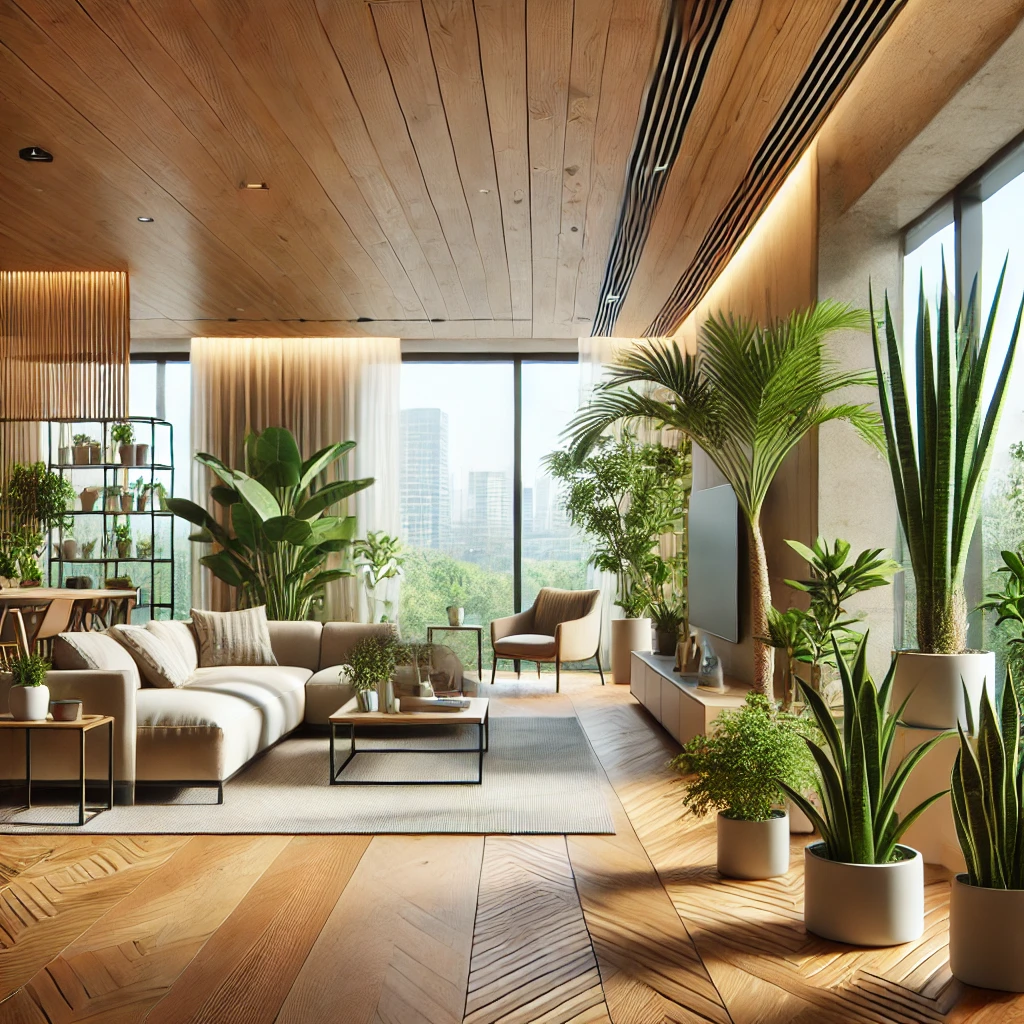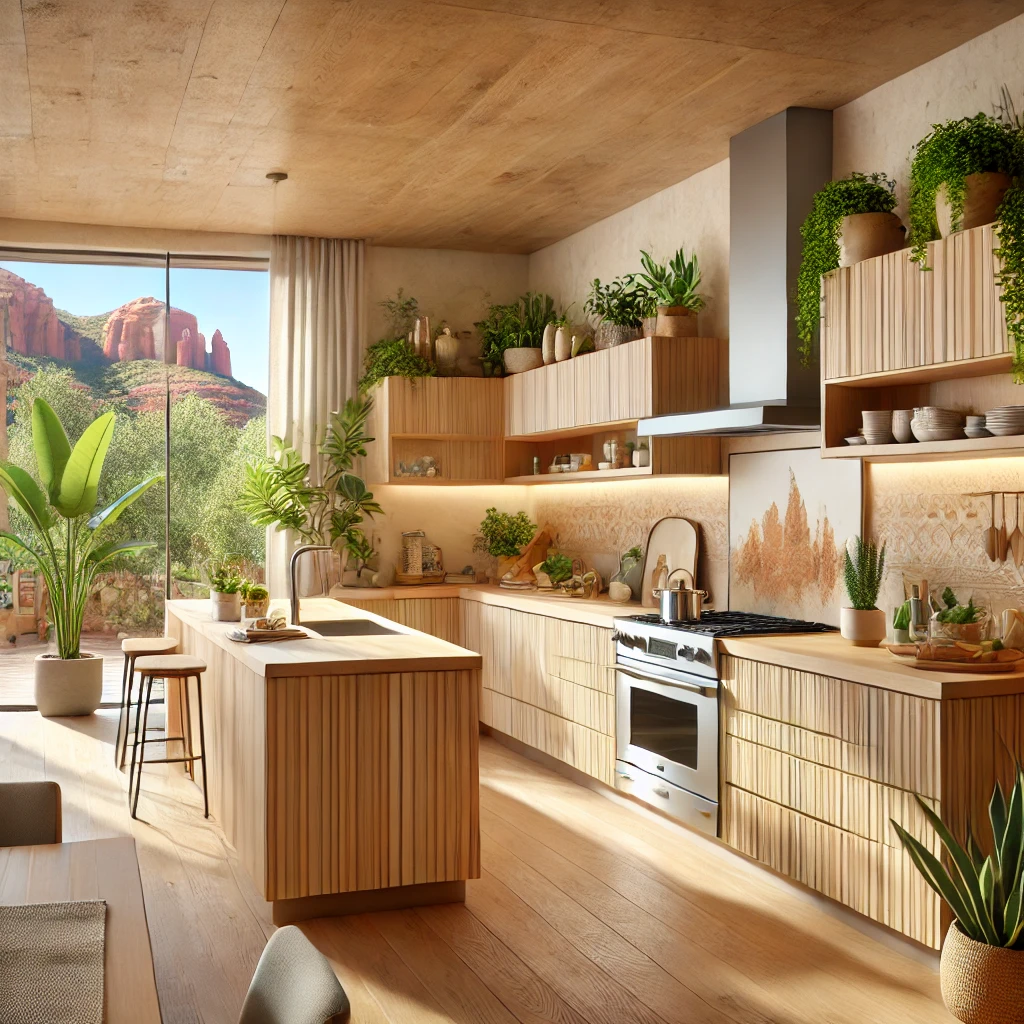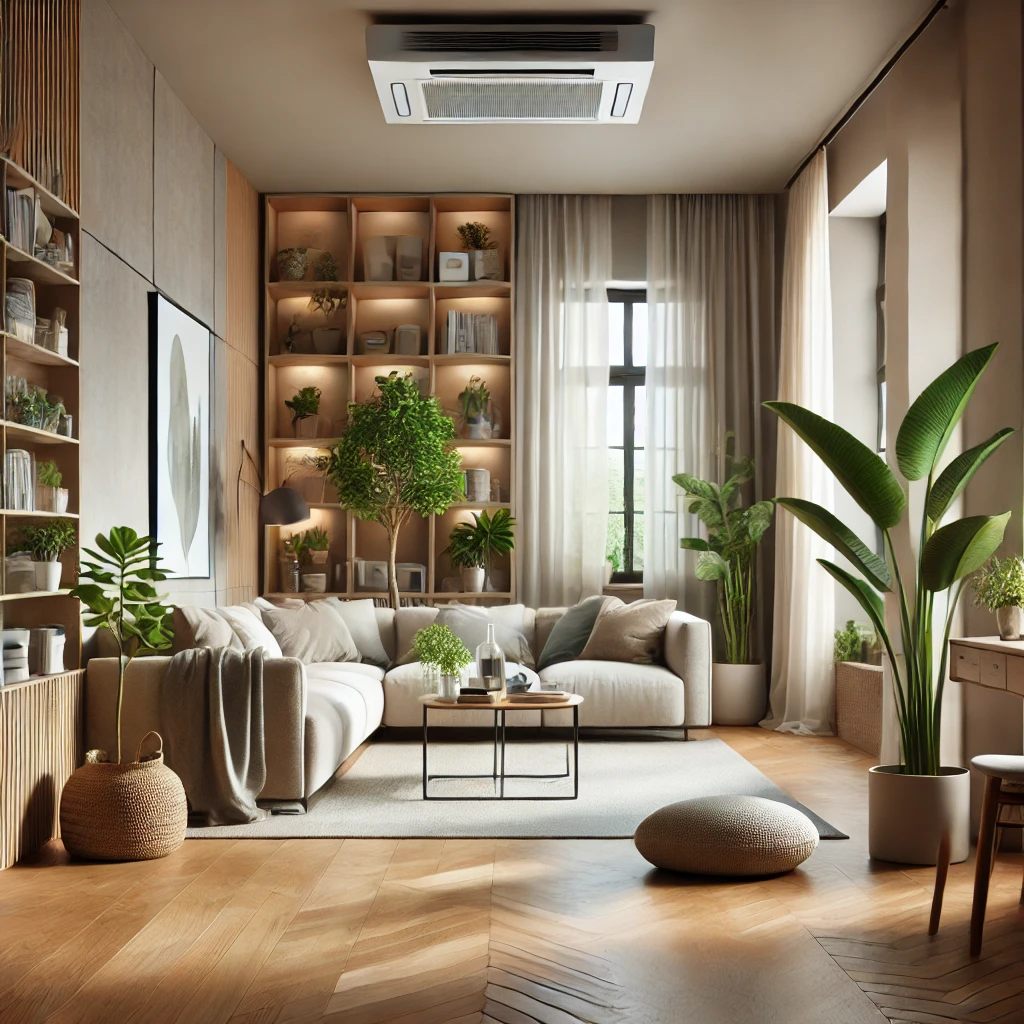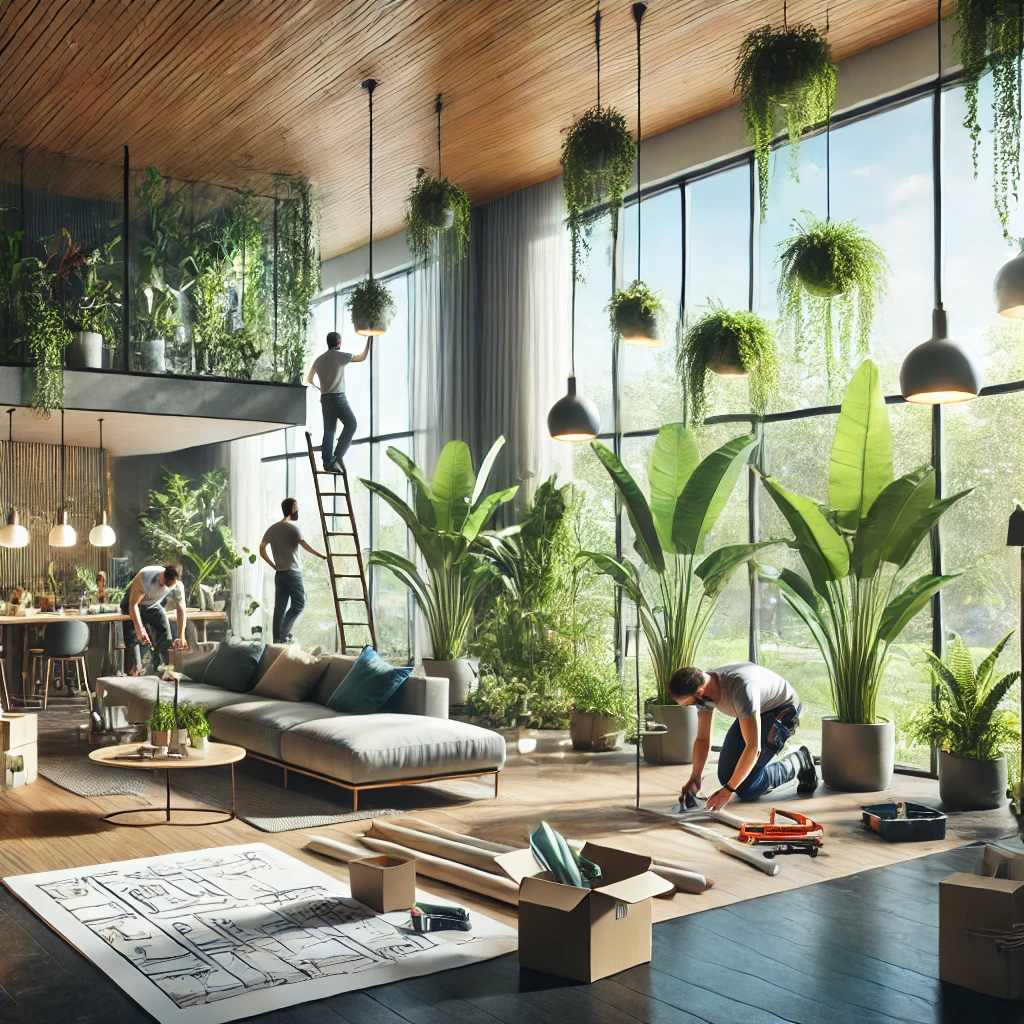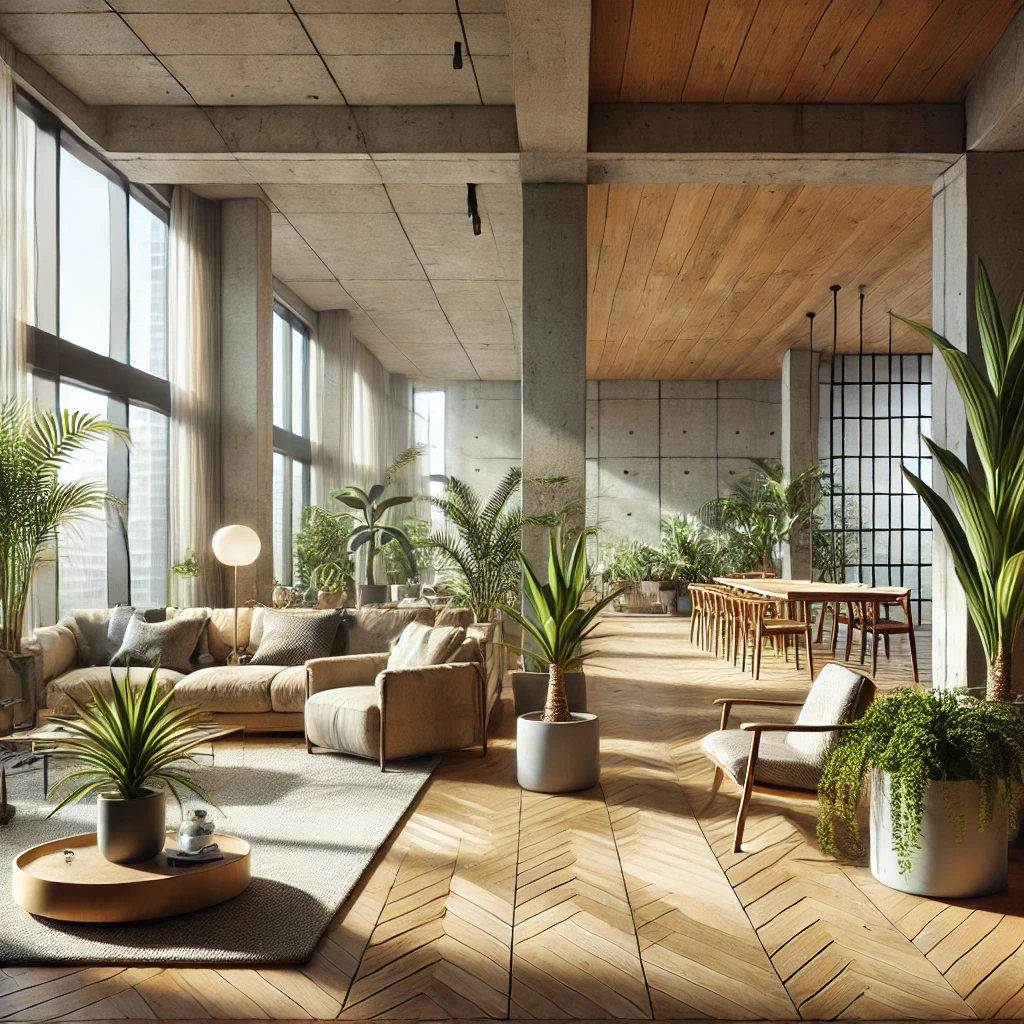How can natural vegetation be integrated into the home space?
You can use natural vegetation in interior design in several creative ways:
Plants inside the house: with the help of plants you can decorate the space of the house, according to the amount of light and the available space. Plants are suitable for tables, shelves, windows and also in the bathrooms and bedrooms.
Indoor plants: watering plants in boxes, pots or using vertical strips can be a simple and beautiful option to transmit a natural atmosphere in the space. Plants can be chosen depending on where they sit – for example, kitchen plants can fit in the kitchen, and leaf plants in the living room.
Outdoor fence: If you have a garden or terrace, use outdoor vegetation to create a natural environment. You can create a vegetable garden, flowers and pots, or simply grow colorful plants.
Green walls: Green walls are a popular design trend, where plants can be used as a building material to create green walls in different areas of the house.
How can natural vegetation help the human body and soul?
Natural vegetation offers a wide variety of benefits for spirituality and health:
Relieving stress and pressure: Studies show that a green and natural background can help relieve stress and emotional pressure, and improve mood.
Improving air quality: the vegetation helps filter the air from pollution, and provide fresh oxygen throughout the day.
Noise reduction: green vegetation can reduce environmental noise and create a pleasant and calm thinking.
Natural vegetation has spiritual and psychological benefits. They give a feeling of naturalness: natural vegetation gives a person a feeling of naturalness and a connection to nature, especially when it is integrated in an urban way. In addition, it reminds us of the natural life and the natural flow of the plants, which can remind people of the natural and relaxing life. Finally, it contributes to the connection to nature and the seasons. Caring for plants requires concern and commitment, which can help people live more sensitively and commit to self-care and nature.
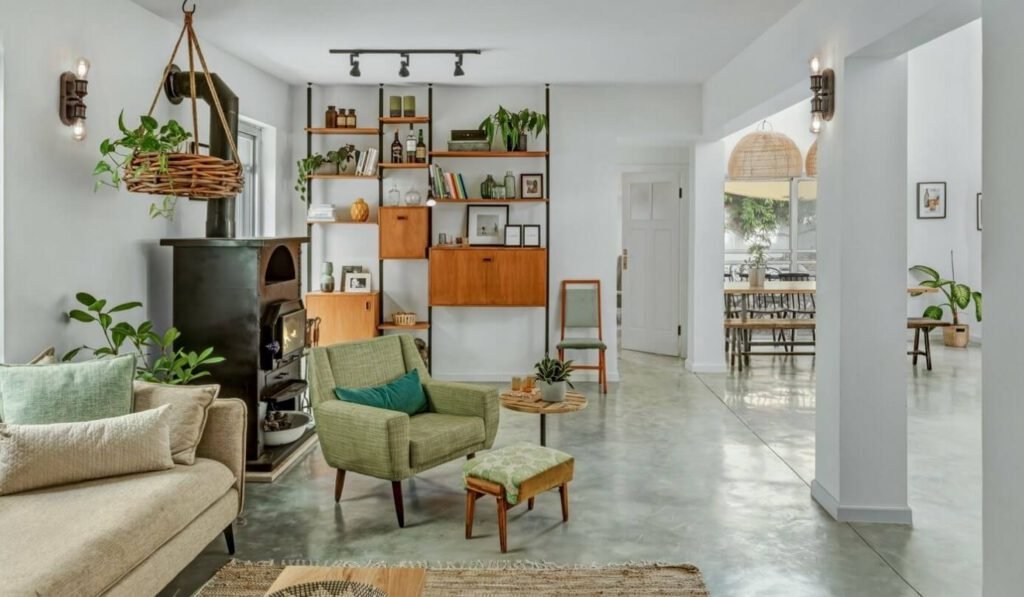
Vegetation and health: how does natural vegetation contribute to our health?
Natural vegetation greatly affects our health. Improving air quality is the most important of them. Plants provide oxygen and filter the air from pollution, so you breathe cleaner air. In addition, the plants purify the air. Indoor plants can help purify the air in homes and offices from indoor pollution. Plants also help improve mood. Natural scents of plants can help reduce stress.
Examples of combinations of natural vegetation:
As we said, natural vegetation will help filter air, sleep better, and contribute to our health. Here are some examples:
Plants suitable for the bedroom:
Lavender: Lavender is a refreshing and calm plant that helps sleep better. The fragrances of its essential oils are relaxing and contribute to a feeling of relaxation and are therefore suitable for bedrooms. Since a quality night’s sleep is important to our health, lavender plants may improve our overall health.
Sansivaria: This plant is considered excellent in filtering the air. It provides an advantage in the air quality in the bedroom, a room where we are closed for many hours, or at least are in for a long time continuously and reabsorbs several different types of pollution.
Vegetation suitable for bathrooms:
plants that will be particularly suitable will be those that do not need a lot of light. Tropical plants are therefore recommended. For example:
a pepromia plant: a tropical plant that needs a moist environment, will be more suitable for a bathroom because of the humidity in the air of the space.
As above, the forest kikus, or aloe.
Plants for the kitchen or living room:
suitable plants will be those that on the one hand need a lot of light and on the other hand provide an impressive appearance, for example with large leaves, or are impressive in their beauty. Suitable plants in this aspect are: Hamdoria palm, potus, rubber ficus and the list goes on.
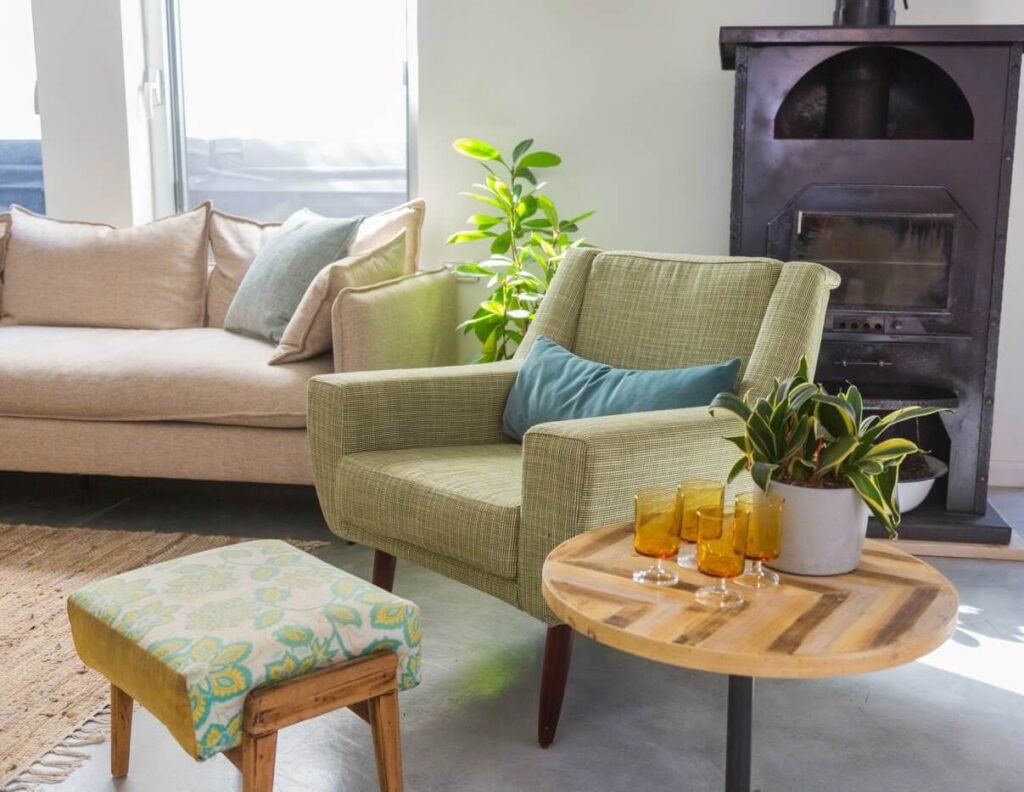
In conclusion, the integration of natural vegetation in the interior design of the house provides the possibility to connect with nature inside the house as well. It not only transmits wonderful aesthetics, but also helps improve air quality, relieve emotional stress, and improve physical and mental health. Choose natural plants that suit your lifestyle and taste and enjoy the many benefits it offers. The integration of natural vegetation in home design is not only aesthetic, but also functional and spiritual. Nature’s ability to improve air quality and improve spirituality in the home space makes vegetation a valuable addition to any environment. You can always find the plants that suit the space and personal needs and enjoy all the benefits they can bring to the home. I would be happy to advise you to choose suitable natural vegetation as part of my work as an interior designer.
